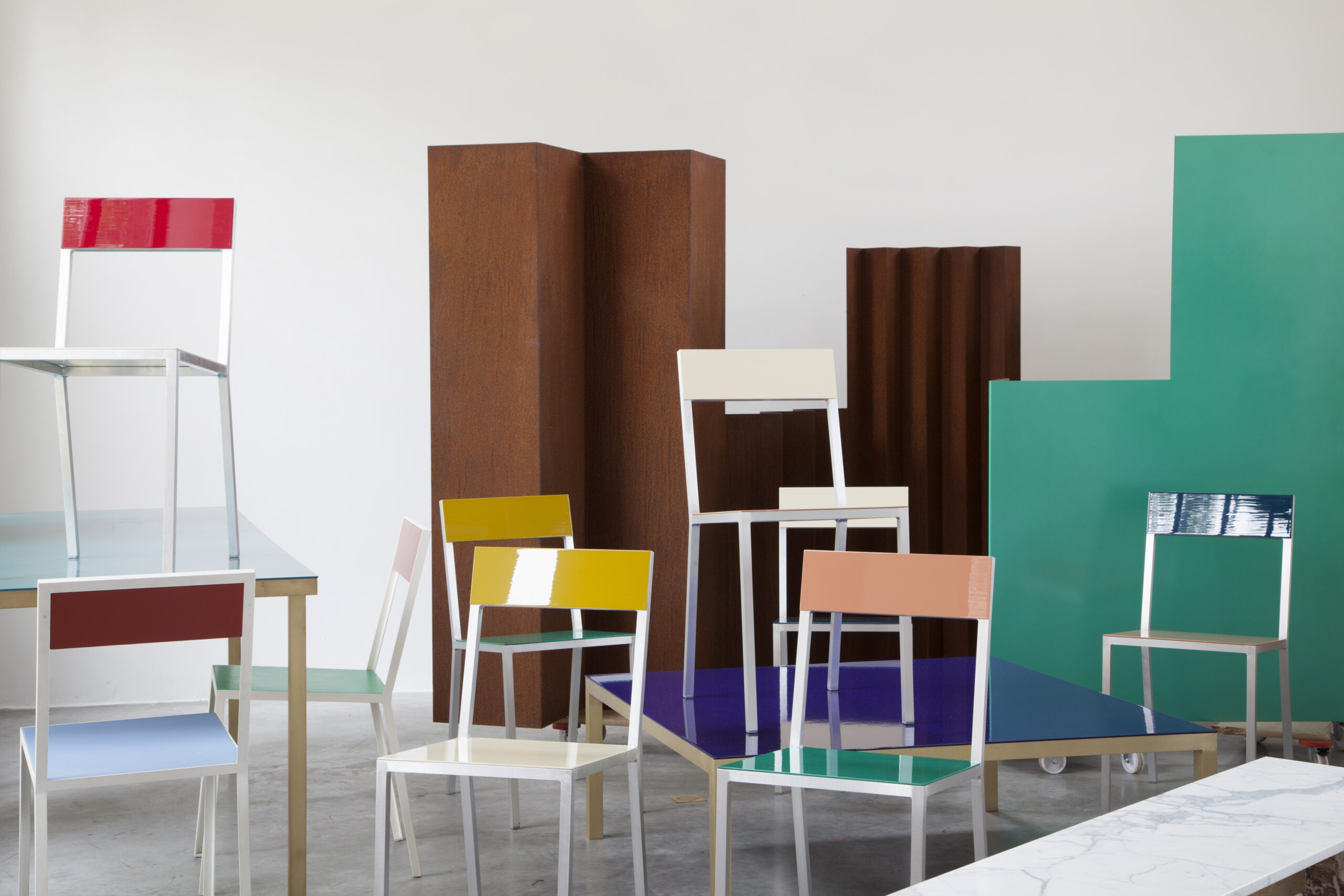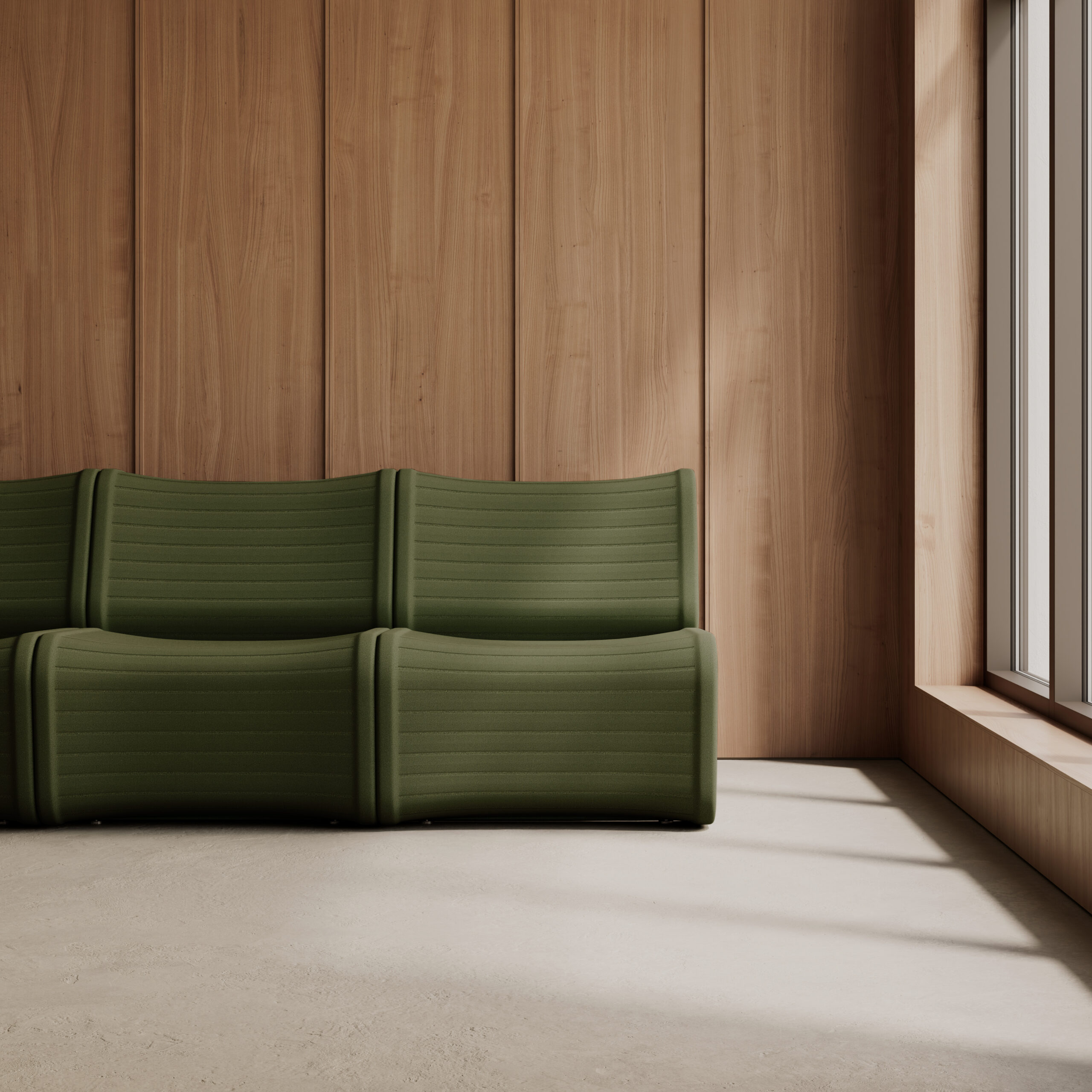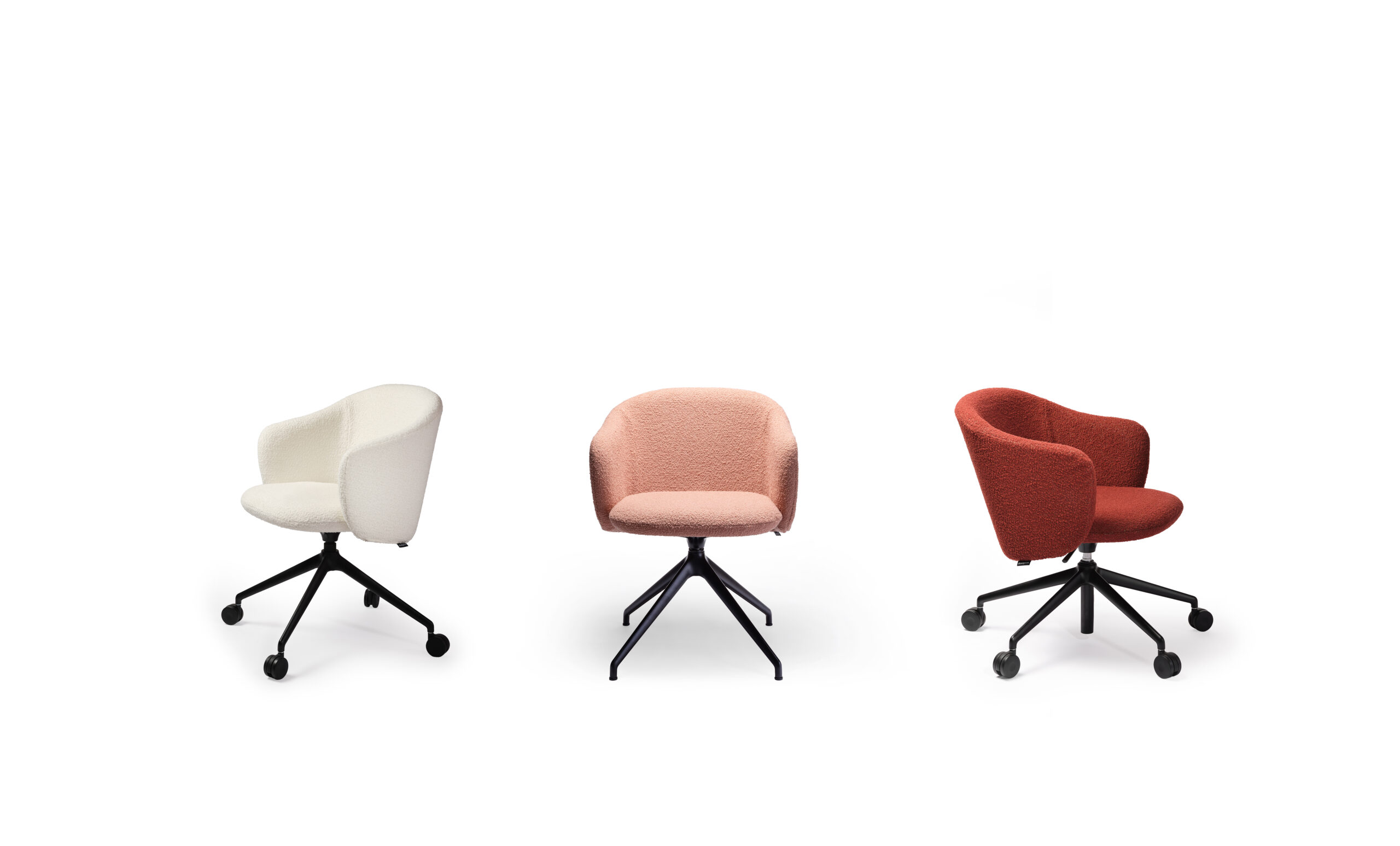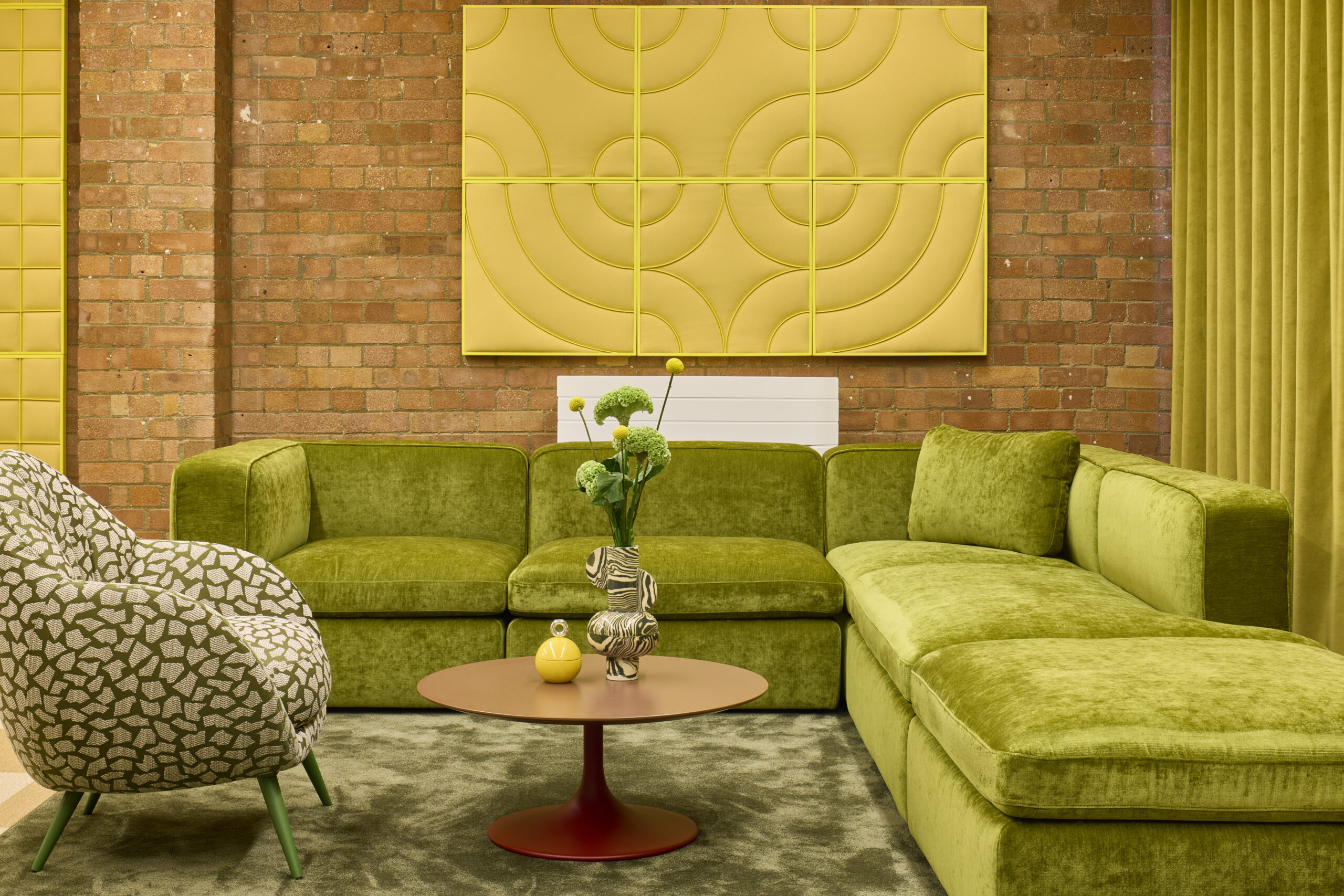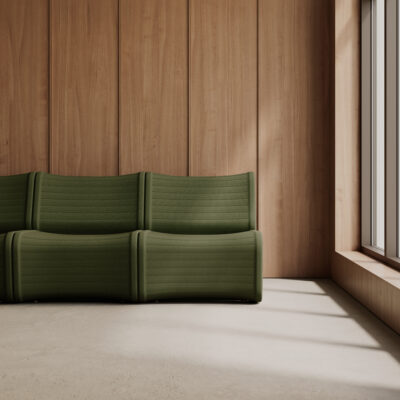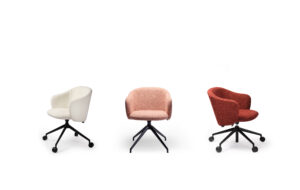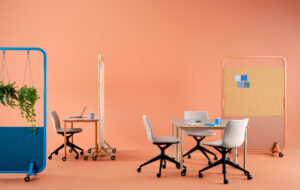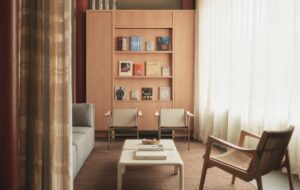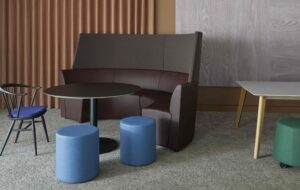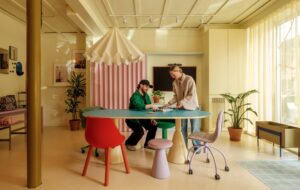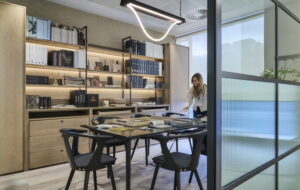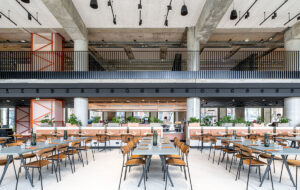
How to get the best out of your employees with an open office plan
The UK has twice as many open plan offices as the global average, and with productivity on the decline, it’s no surprise this recently trendy layout has been identified as the culprit.
Critics of the open plan design worry that they are distracting, too loud or too exposed for many employees, fostering a sense of disruption and increasing workers’ stress. But with the open office – or the next evolution – is going nowhere fast, how can we ensure we use the space in the most effective way?
Read more: Four insights from the workplace of the future
The intention of the open office design was to facilitate collaboration, open communication and equality between staff of all levels. With smart design, supportive tech and positive culture, this has been achieved. When done successfully, an open plan office:
– Increases transparency and the flow of information
– Generates a sense of camaraderie and community among staff at all levels
– Fosters social engagement and professional collaboration, discussions and innovation
– Encourages peer-to-peer learning and mentorship
– Promotes employee equality and increases office wide engagement
These benefits make it worth getting the open plan office right. Fortunately, successful open plan is easy to pull off when businesses are strategic about both their design choices and creating a supportive, authentic culture.
Incorporating smart design and supportive tech
Etiquette is one of the greatest challenges open offices face. Companies can offer guidelines, but employees won’t always follow the rules. Rather culture and design can inspire best practice, respect and productivity. Smart and intuitive design is a more effective way to help guide behaviours. Rather than one large open space, create ‘micro-environments’ that employees can migrate through as their needs change throughout the day.
By creating and clearly marking zones for deep work or rejuvenation, as well as culture-building and collaboration, employees will intuitively follow appropriate etiquette based on where they are in the office. You wouldn’t go to a library to chit-chat; the same respect will be paid to designated quiet zones within your office space. These zones should be protected by incorporating acoustic dampening materials, so that noise doesn’t carry across zones or create an echo.
Within these spaces, consider altering visuals and acoustics. Colour, light and sound can have psychological and emotional impacts on employees that can either boost of diminish productivity. For example, neutral tones are said to enhance concentration and reduce anxiety while high contrast colours activate high stimulation zones. Wherever possible, maximise natural light to boost office morale and enhance productivity.
Across these zones, don’t forget to consider the use of technology. Employees will need the right tech to foster the flexibility to work across ‘micro-environments’, and they’ll need to power that technology with mobile charging stations and power outlets.
Leading by example
Another way to guide behaviours and subsequently attitudes is to lead by example. Leadership and management should model the behaviour they expect employees to exhibit. A few considerations:
– If someone looks deep in concentration, they probably are! Remember that an open office doesn’t mean you have unlimited access to another person’s time. Set up a meeting if you need to speak with them, or at least send a message to find out when would be a good time to swing by their desk.
– When you take a phone call, even if you know it will be brief, step into a phone booth or designated area. For outside listeners, the conversation is one-way and therefore can be sporadic and unpredictable. Our brains can filter a consistent predictable noise, like a flow of traffic, or a two-way conversation – but inconsistency is challenging.
– Put in your earbuds. Music is a powerful tool for productivity, but some people still see headphones as an inhibitor to collaboration, or just think it’s rude to wear them in the office. Let employees know it’s okay to use their headphones as they need by wearing them yourself when you need to focus.
Read more: Why do we need to go back to the office?
Productivity is essential to a business’ success, but it also enables a sense of accomplishment, autonomy and mastery, which is vital to employees’ wellbeing.
In the age of endless distractions, businesses must look at how office design can improve employees’ ability to engage in deep work, without shutting down collaboration or spontaneity.
The open office can be an ideal template, surpassing traditional, cellular spaces and outdated corner office and cubicles plan – the key is learning how to fill it in.
Image by Andrea Piacquadio, Pexels

